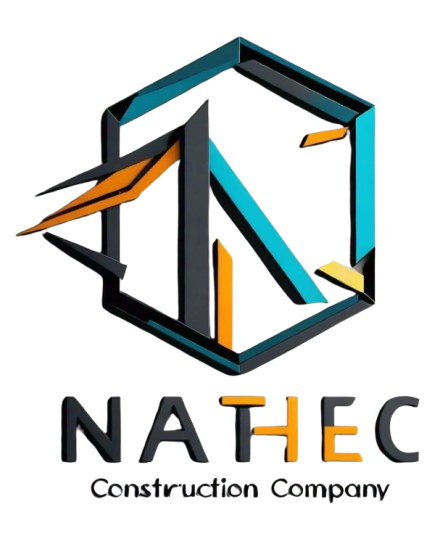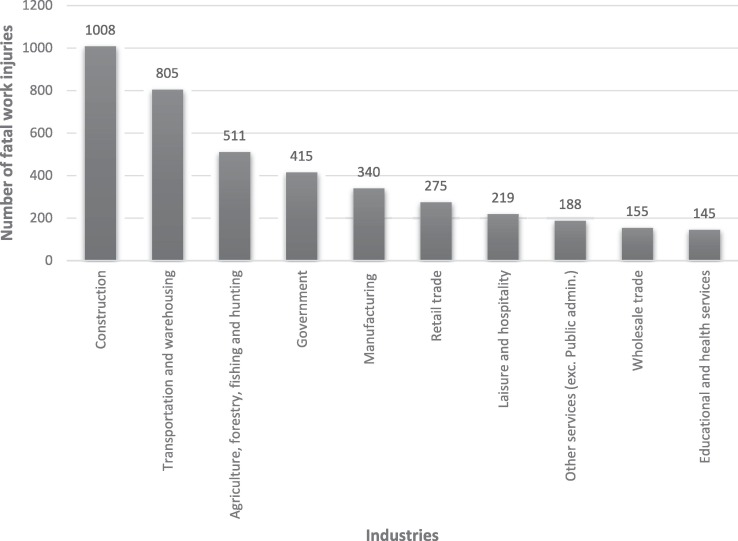Construction industry is a very hazardous industry in which fatal and non-fatal occupational injuries occur most frequently (Ringen and Seegal, 1995, Hyoung et al., 2009) due to its unique nature (Tam et al., 2004). It is characterized by continual changes, use of many different resources, poor working conditions, no steady employment, tough environments (e.g. noise, vibration, dust, handling of cargo and direct exposure to weather). Furthermore, it requires coordination of different interdependent contractors, sub-contractors and operations that may result in increased risk of injury.
Occupational injuries and illnesses impact not only on safety and health, but also economics, because of high costs related with work injuries. Hinze et al. (2006) observed that construction safety has gained attention because of the increasing workers’ compensation insurance premiums that resulted from a great increase in work injuries medical costs and convalescent care. In fact, studies across industries suggest that injury rates and costs are higher than average in the construction industry (Dong et al., 2007). Silverstein et al. (1998) using workers’ compensation data from Washington State estimated that workers’ compensation costs for medical treatment and indemnity in construction were four times higher than in other industries.
Running an ORA process implies gathering information that contributes to a better knowledge of a particular (hazard) situation. This information is usually plagued by uncertainties, from a fuzzy or vague nature (e.g. imprecise boundaries) to too abundant data, or even conflicting information (due to different sources). Hence, ill-defined data prevents better knowledge of the facts and does not facilitate decision-making (Ruan et al., 2003). In traditional ORA methods, probabilities are keys elements, but confusion about interpretation and use of probabilities often weakens the message from an analysis point of view (Apeland et al., 2002).
In this paper we start by presenting a state-of-the-art on traditional ORA methods and highlight their usefulness and limitations. After, we overview ORA methods proposing fuzzy logic approaches and finally we briefly introduce a novel method that it is still under construction, denoted QRAM (Qualitative Risk Assessment Method). Fuzzy logic (Zadeh, 1965) can deal with imprecision, uncertainty, incompleteness of information, conflicting information, and so forth. Methods based on fuzzy concepts can improve ORA methods and they show promising results for achieving quality in risk assessment in the construction industry (Gurcanli and Mungen, 2009).
The paper is structured as follows. This first section introduces the objective of this work. The second section presents the background of risks in the construction industry. The third presents an overview of ORA traditional methodologies. The fourth presents an overview of the limitations of traditional ORA methods, when applied to construction industry. The fifth presents an introduction to fuzzy logic and presents some advantages of its use in ORA. The sixth describes existing ORA fuzzy methods and a preliminary ORA qualitative method for the construction industry using fuzzy sets. Finally, the seventh section presents the summary and conclusions.
Summary and conclusions
On construction industry, ORA is rampant with inadequate data and/or imprecise and incomplete information, particularly in the design stage, for which traditional quantitative approaches do not give adequate answers.
In this work we started by overviewing traditional ORA methods, specifically related with occupational health and safety areas. Then we pointed the major limitations of these methods to deal with the occupational problems in the construction industry.
Following, we overviewed
Acknowledgments
This work was developed in the University of Central Florida, Orlando, FL 32828, USA under guidance of Professor Pamela McCauley Bush. This work was funded by the Portuguese Foundation for Science and Technology, Scholarship No. SFRH/BD/39610/2007.



